Local News:
If you wander up on the Pebblebed Heaths on a warm summer's day, watch out for... you may see one of the local UK species of snake. Maybe an Adder, or a grass snake - warming itself on a rock in the sunshine.
Grass Snakes
 | 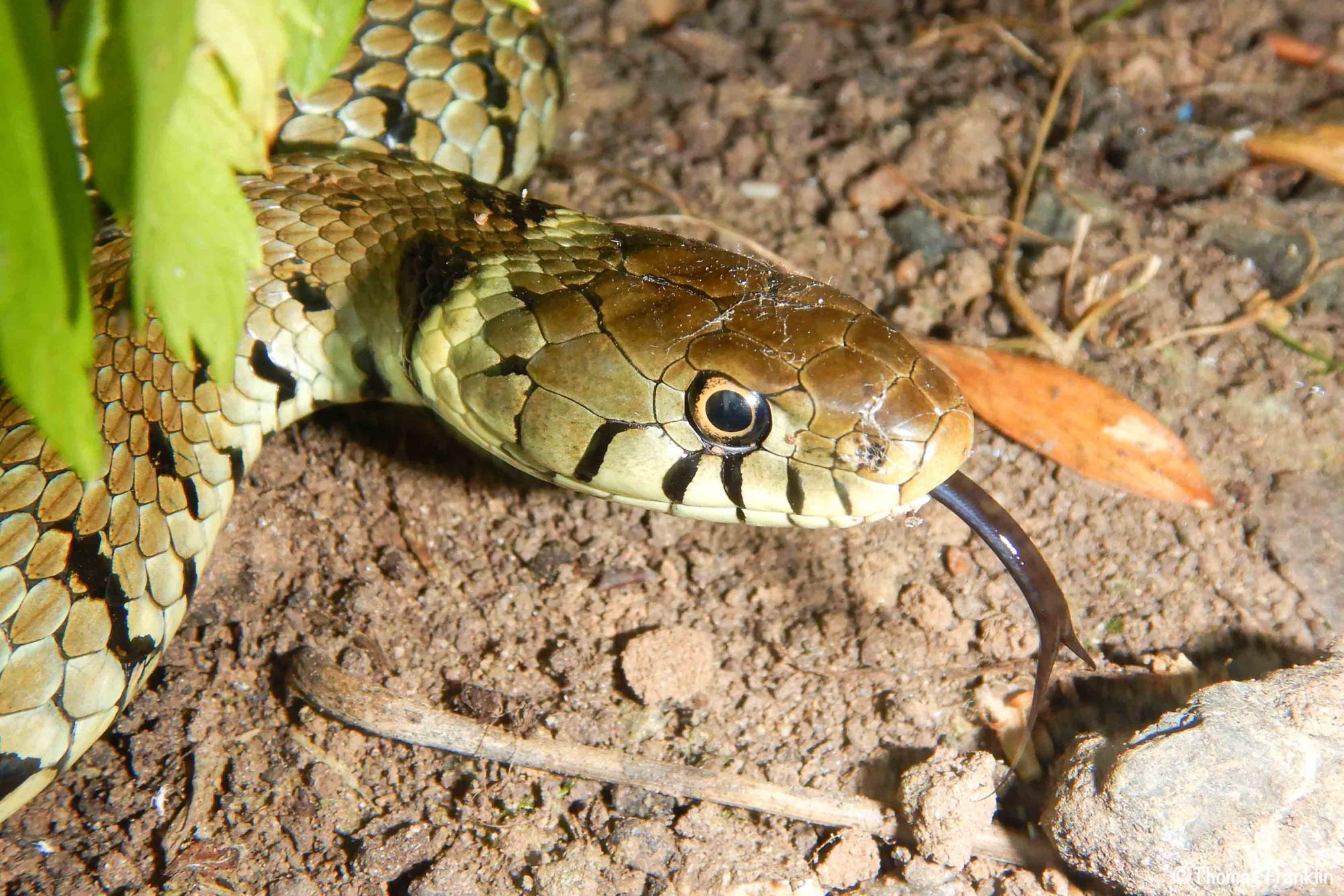 |  | 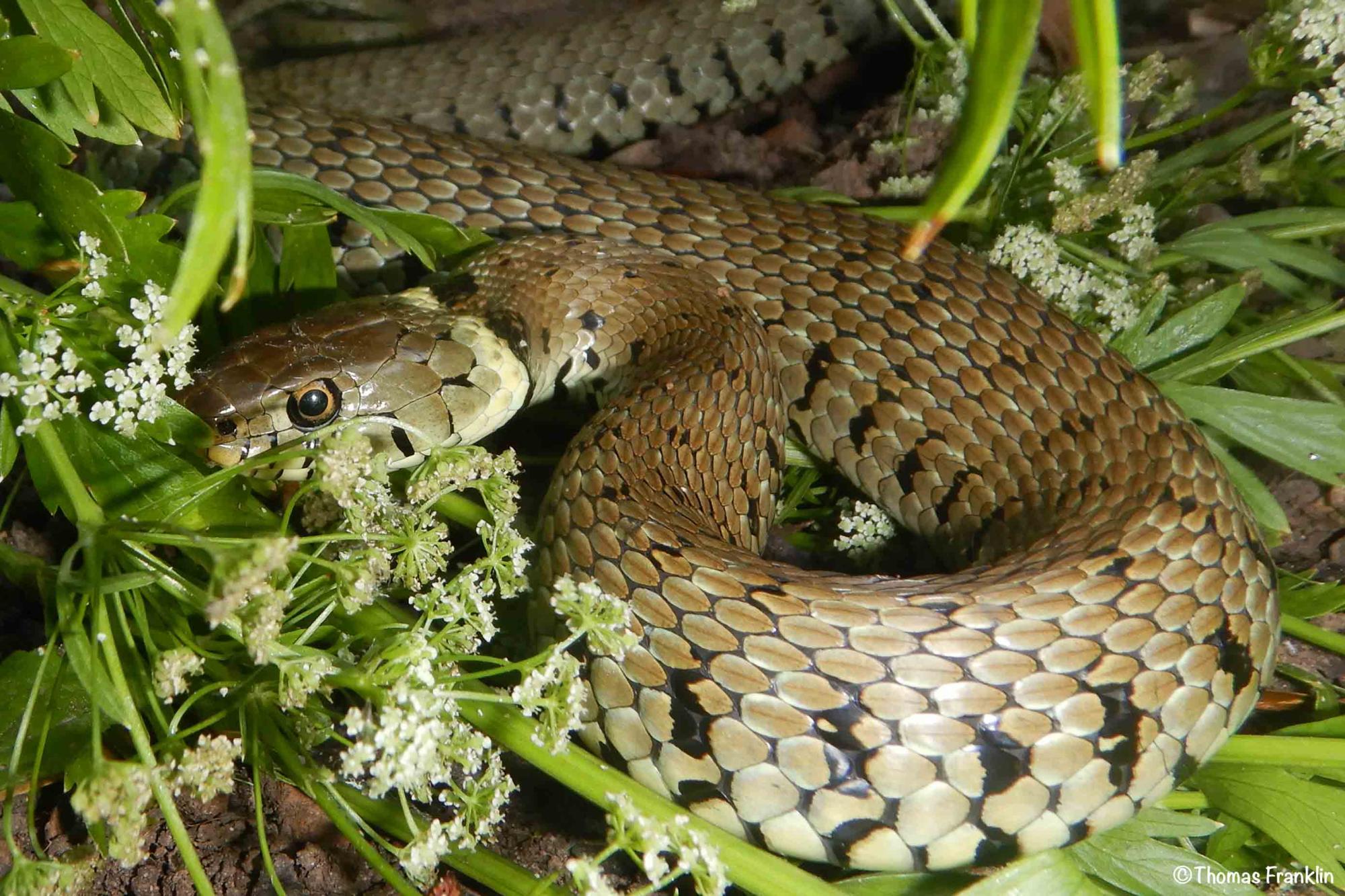 |
Slow Worms
Thankyou to Thomas Franklin for this amazing information about slow worms: Unlike most reptiles, slow worms do not lay eggs but instead give birth to live young in a mucous or embryonic sac as the eggs hatch inside the mother. They finish development inside the mother before being born in the sacs. They then break free of the sacs after a few minutes of being born. Because they are only in the sacs for a very short time after birth, capturing them in a photo is very rare.
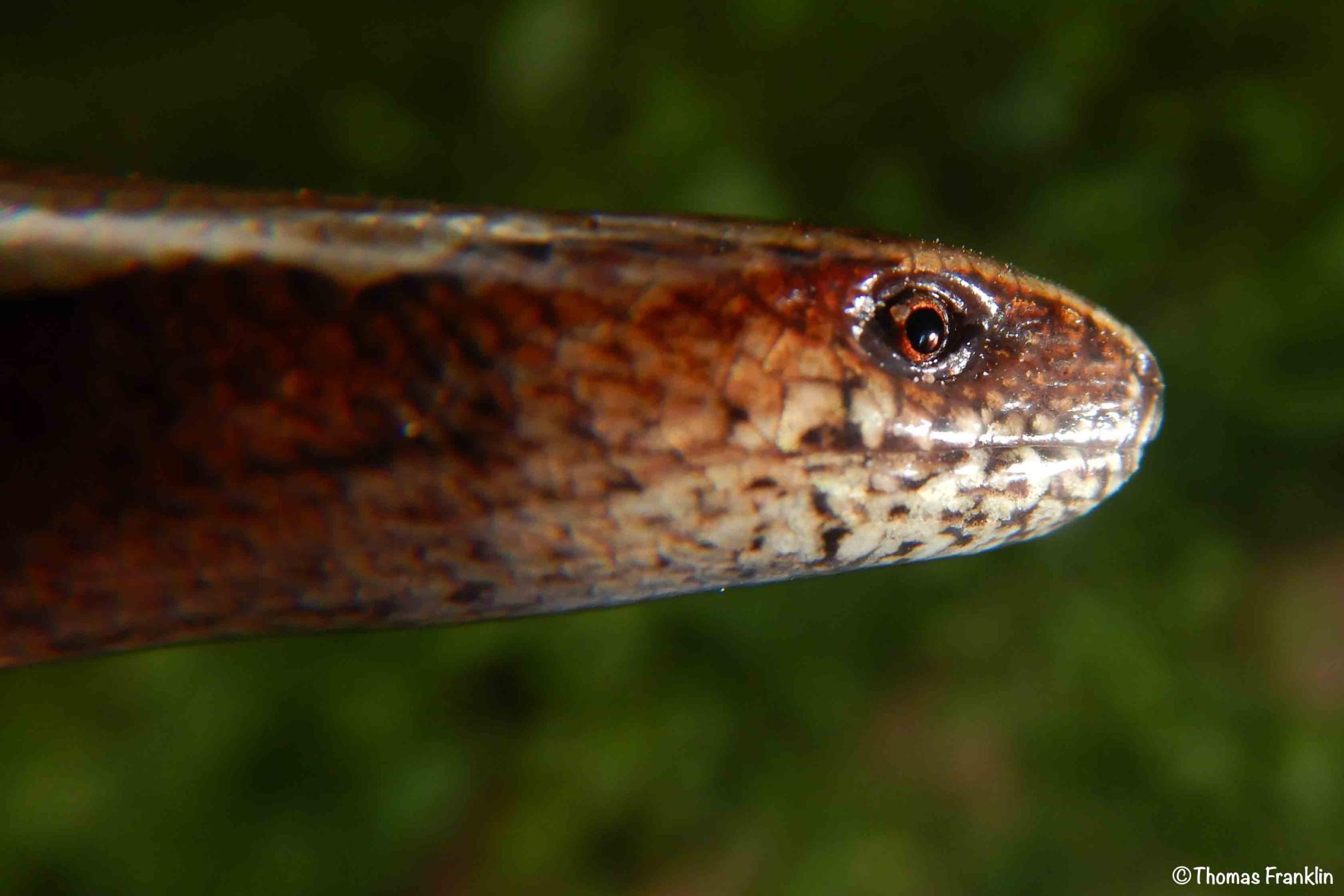 | 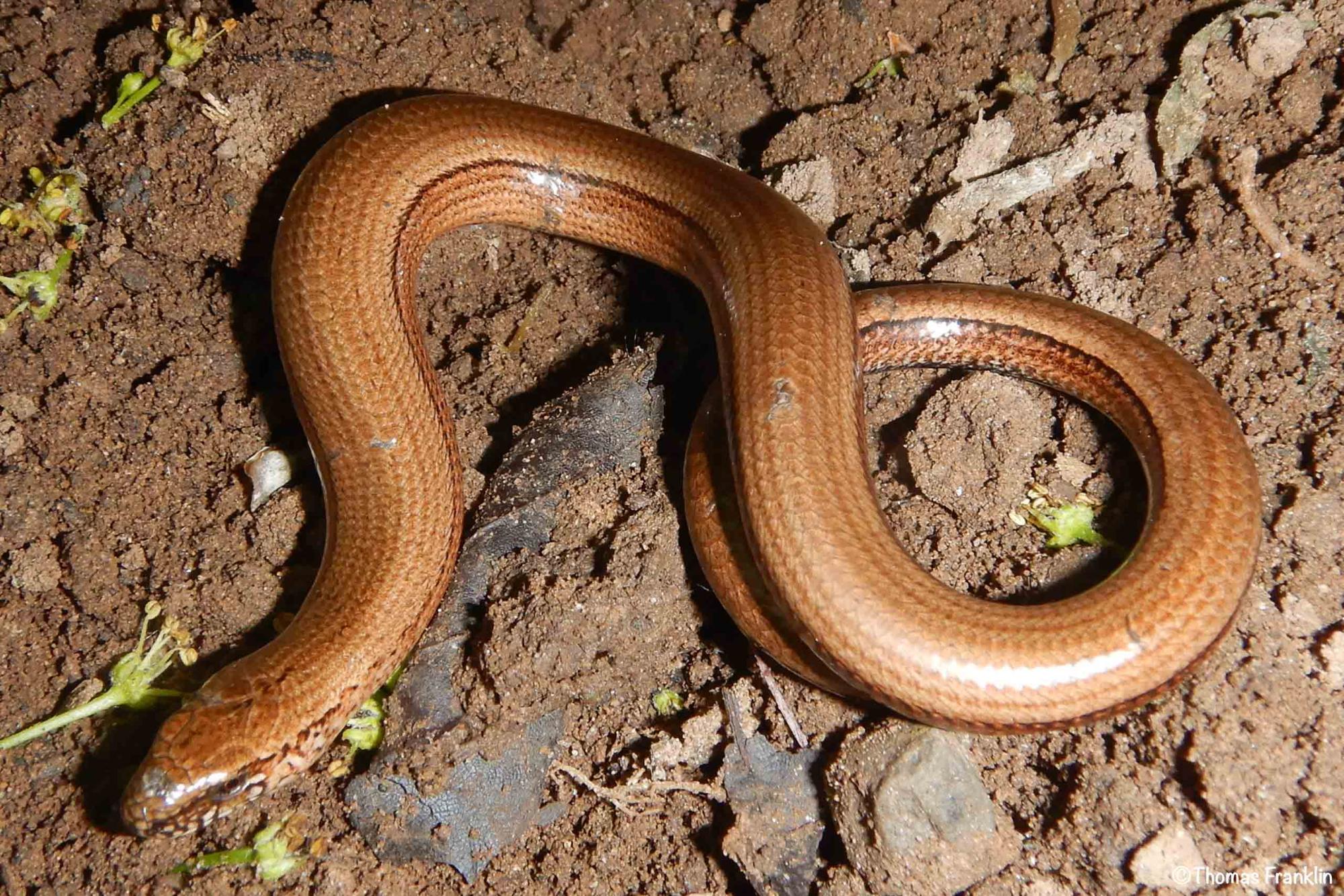 | 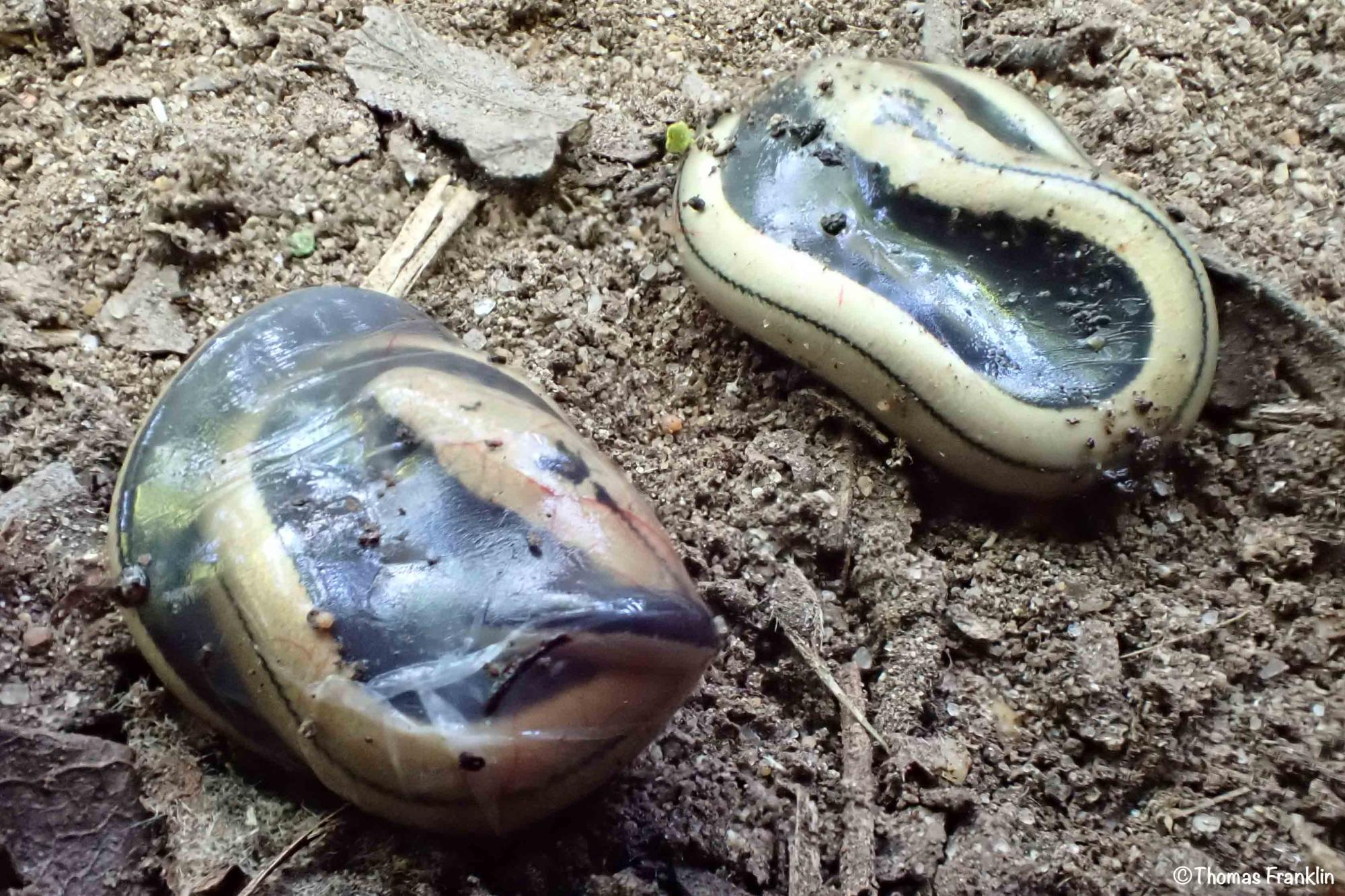 | 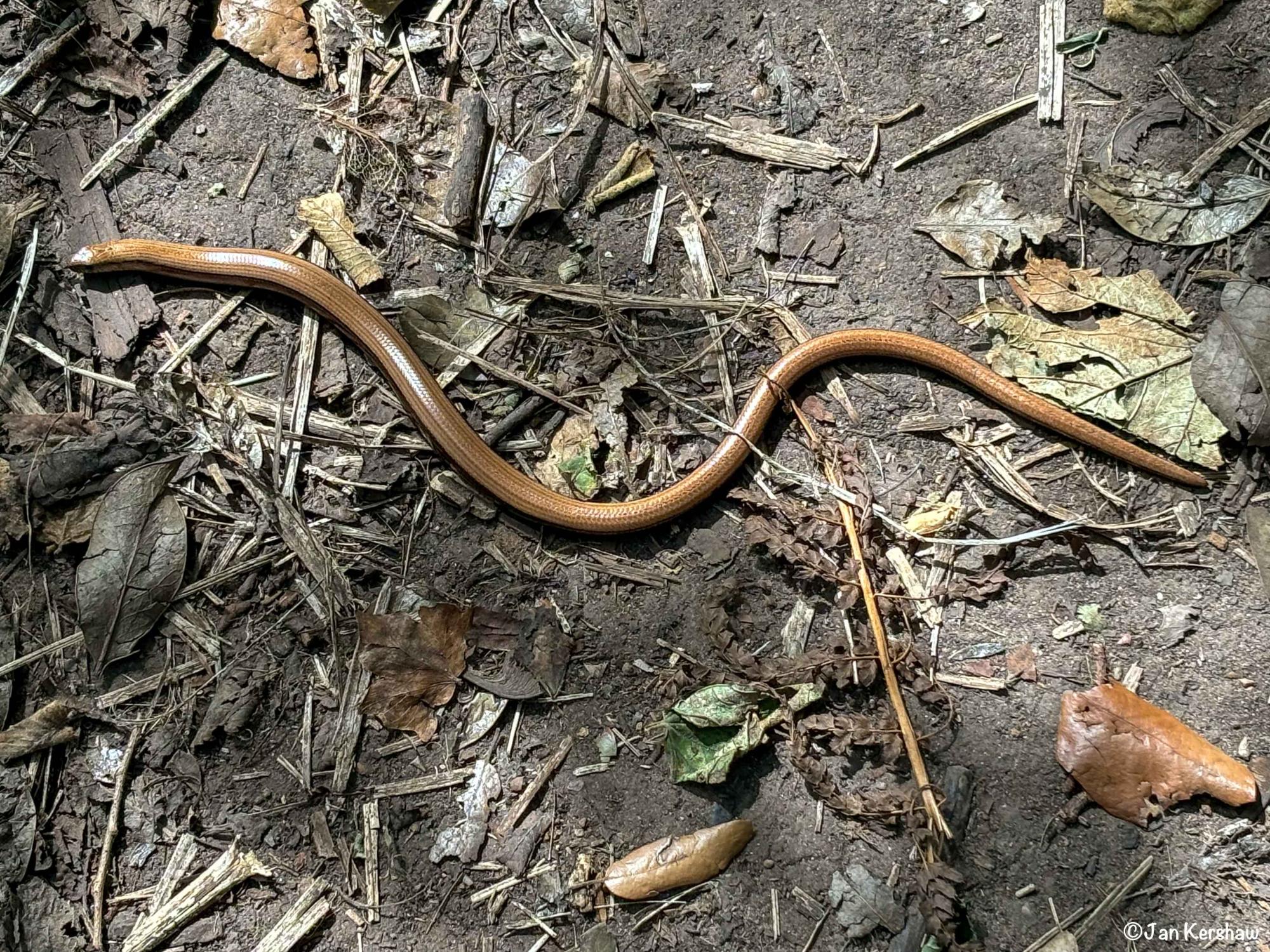 |
(Egg sack) |
General Information about snakes in the UK
Snakes, often shrouded in mystery and intrigue, inhabit diverse ecosystems worldwide. In the United Kingdom, these enigmatic reptiles play crucial roles in maintaining ecological balance. Though the UK hosts only a few native snake species, each one is a vital component of the country's natural heritage.
Native Species
The UK is home to three native snake species: the Adder (Vipera berus), the Grass Snake (Natrix helvetica), and the Smooth Snake (Coronella austriaca).
- Adder: The Adder, or common European viper, is the UK's only venomous snake. Recognizable by its distinctive zigzag pattern along its back, the Adder inhabits heathlands, woodlands, and grasslands across the country. Although its bite is rarely fatal to humans, it can cause significant pain and requires medical attention. Adders are timid creatures, more likely to flee than confront humans.
- Grass Snake: The Grass Snake, the UK's largest native snake, thrives near water bodies such as ponds, lakes, and rivers. With its olive-green color, black markings, and characteristic yellow collar behind its head, the Grass Snake is a skilled swimmer and hunter, primarily preying on amphibians. Unlike the Adder, the Grass Snake is non-venomous and poses no threat to humans.
- Smooth Snake: The Smooth Snake, the rarest and most elusive of the UK's snakes, is confined to the heathlands of southern England. This non-venomous reptile has a sleek, brownish-grey body and feeds on small mammals, reptiles, and insects. Due to its secretive nature and limited distribution, the Smooth Snake is a protected species under UK law.
Ecological Significance
Snakes are essential components of the UK's ecosystems, acting as both predators and prey. By controlling populations of small mammals, amphibians, and insects, they help maintain a balanced food web. Additionally, snakes serve as prey for birds of prey, such as buzzards and kestrels, further contributing to the biodiversity of their habitats.
Conservation and Protection
Human activities, including habitat destruction, pollution, and climate change, have posed significant threats to the UK's snake populations. Conservation efforts are crucial to ensure the survival of these reptiles. Initiatives such as habitat restoration, legal protection, and public education aim to safeguard the UK's snakes and their natural environments.
Cultural Perceptions
Historically, snakes have been both revered and feared in various cultures. In the UK, they often evoke mixed reactions, from fascination to apprehension. Myths and folklore surrounding snakes have contributed to their mystique, shaping public perceptions. Educating people about the ecological importance of snakes can help dispel misconceptions and promote coexistence.
In conclusion, the snakes of the United Kingdom are remarkable reptiles that play vital roles in maintaining ecological balance. Despite their modest diversity, each species contributes uniquely to the rich tapestry of the UK's natural world. As we continue to understand and appreciate these creatures, we can foster a greater sense of stewardship and ensure their preservation for future generations.
